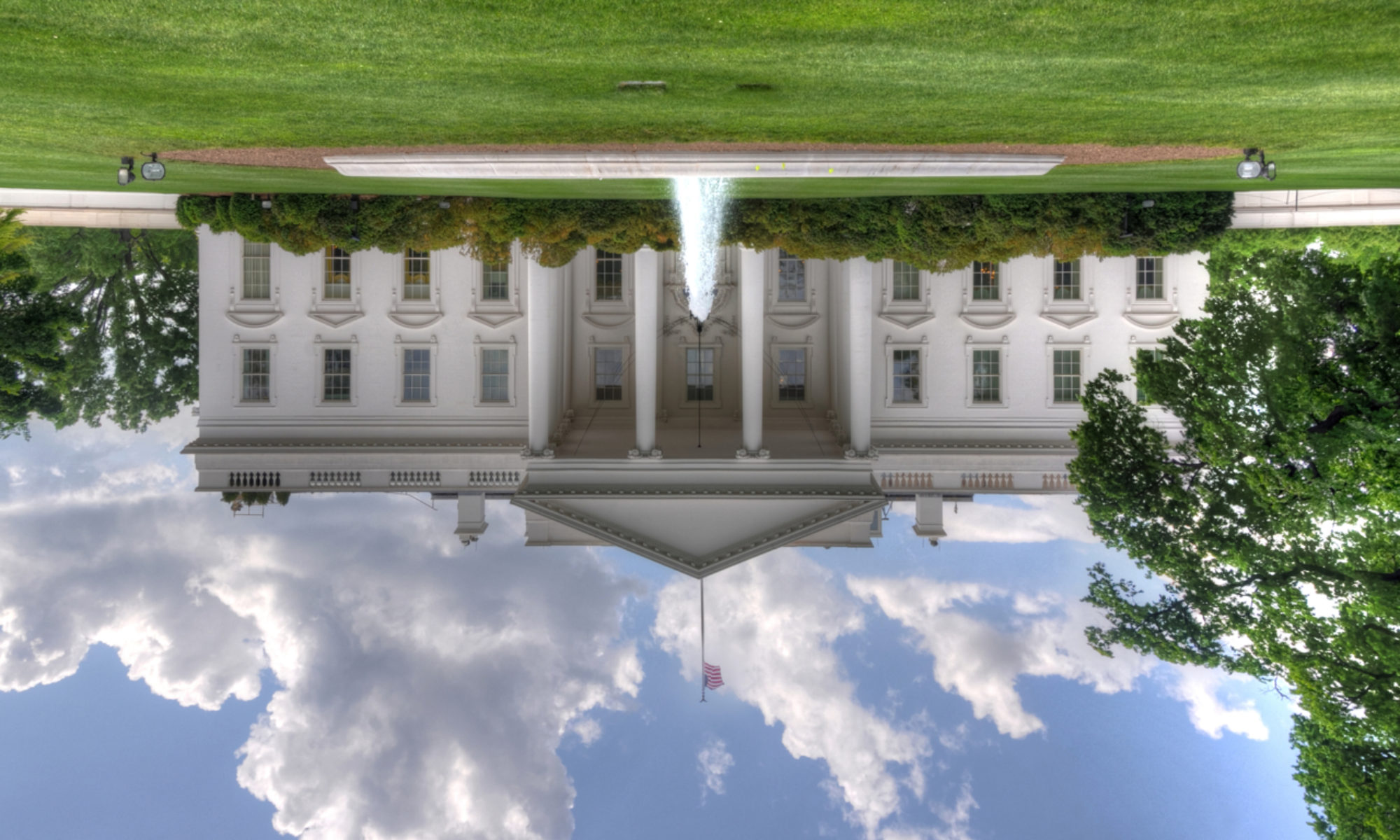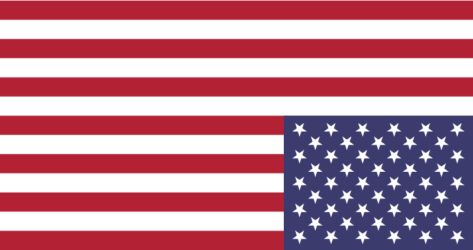With less than a month before he leaves office, Donald Trump has acted out a policy of (non-)governance that amounts to scorched earth on steroids. Whether he calmly walks out of the Oval Office (unlikely) on his last day as president, is escorted out by police officers (possible), or is forcibly dragged out cursing (most likely), Donald Trump wants to ensure that he leaves a wasteland for his successor, and for the American people. If we thought Donald Trump sowed chaos and division over the past four years, what he’s done during his last days in office (and what he could still do in the remaining month) could wreak even more havoc on our gasping republic.
Trump has succeeded in undermining millions of Americans’ confidence in the American election process and in American systems of government. He has reinforced the belief, especially among his supporters, that Joe Biden won the election because of massive voter fraud. A December Fox News poll indicates that more than one-third of registered voters (77 percent of those who voted for Trump) now believe the election was “stolen” from Donald Trump. Fifty-six percent of all voters, and 85 percent of those who voted for Joe Biden, see Trump as having weakened American democracy by contesting the election.
Donald Trump has fostered and reinforced such vehement belief among his base that the election was stolen that many of them have taken to alternative social media sites such as Parler to share their grievances, and reinforce each other’s alternative take on reality. Without any proof (and, in fact, ignoring the many times votes have been counted and recounted to prove the opposite), some have made radical plans to rally, take up arms, and “take back the election.”
Though Trump has a mob of supporters who care nothing for evidence, facts, or truth, and thus are fully behind him, the walls are closing in; the “mainstream media” (MSM), the majority of American voters, and most of the rest of the world recognize Joe Biden as president-elect. So what’s a lame duck president to do if he wants to continue to live in an alternate reality where he is king?
There’s always martial law. If we thought Donald Trump’s efforts to undermine the 2020 election had put a crack in American democratic systems, his toying with the idea of using the U.S. military to overturn the election, and the fact that anyone, any American, sees that as a rational possibility, threatens to widen the crack.
As far as one can tell, it wasn’t Donald Trump who first suggested the idea, but instead was Michael Flynn, Trump loyalist, former national security adviser, and recently pardoned felon. On pro-Trump media outlet Newsmax, Flynn suggested that Trump invoke martial law, and send the U.S. military to swing states where Biden won, to make those states “rerun the election.”
And though he didn’t suggest the idea of misusing military troops to displace local law enforcement and re-do a free and fair election in order for it to come out in his favor, Donald Trump has not denounced or discouraged the idea. In fact, he has held discussions in the Oval Office about the possibility.
With tens of millions of Americans no longer trusting American democratic systems, and with many of those ready to take up their pitchforks (or their AR-15s) in defense of the president who lives and breathes falsehood and would misuse military might to stay in power, the president apparently still needed something more with which to shock Americans who were beginning to think they’d seen it all with this president.
Enter the use of the presidential pardon. Raising a figurative middle finger to justice and integrity, Donald Trump has begun doling out pardons to shady associates and unprincipled campaign donors as if he were dealing out cards for Blackjack.
Among the 29 people Trump’s pardon roster so far Paul Manafort, who was convicted during the investigation into Russian meddling in the 2016 election; Roger Stone, who was convicted of lying to Congress; and Charles Kushner (yes, Jared Kushner’s father, and Ivanka’s father-in-law), who was convicted of campaign finance offenses, tax evasion, and witness tampering.
Other lucky recipients of Trump pardons are two people who pleaded guilty and served prison time in the Mueller investigation; three former Congressmen who have been convicted of felonies; four Blackwater guards who opened fire in a traffic circle in Baghdad, killing 17 Iraqi civilian men, women, and children; and two border patrol agents who were found guilty of using illegal and excessive force against an illegal immigrant. Earlier, Trump pardoned Michael Flynn, who was found guilty of lying to the FBI about his contacts with Russia during Robert Mueller’s investigation into Russian interference in the 2016 election.
Despite the president’s departure from anything resembling a leader of principle, Americans were led to believe on December 22 that they would at least finally soon get a little financial relief in the form of a coronavirus aid package Congress had just voted to pass.
After months of failing to pass a second bill to provide aid to financially desperate Americans during the coronavirus pandemic, Congress had finally agreed to a stimulus package that they thought President Trump was sure to sign. Though the amount of aid was paltry and included some hoops to jump through and cracks to fall between, unemployed Americans began to have some hopeful anticipation of their small stimulus checks and slim unemployment supplements.
As if Donald Trump’s need to control situations just for the sake of controlling them hadn’t already been amply fulfilled, Trump shocked Americans, including GOP lawmakers, by suggesting that he wouldn’t sign the stimulus bill. Saying that the $600 one-time relief payment per qualifying person wasn’t enough for Americans (at least he was right about that), he told lawmakers to raise the amount to $2000 per qualifying person, the amount Democrats had in fact been lobbying for for months.
Adam Schiff tweeted, “Listen, Democrats have been fighting for bigger relief checks for months. All while Trump was missing in action— playing golf, lying about the election, pardoning crooks. If he’s serious about the checks, he needs to get Republicans out of the way. Let’s make this happen.”
Said Nancy Pelosi, ”At last, the President has agreed to $2,000 — Democrats are ready to bring this to the Floor this week by unanimous consent. Let’s do it!”
Republicans, who fought for months for a bill that would give hurting Americans as little as Congress could get away with, found themselves in a predicament: vote for Democrats’ original $2000 request and Trump’s demand to increase the amount of the relief checks, or disagree and risk backlash from their constituents.
Lest anyone believe Donald Trump had finally made an attempt to address the need of Americans during the coronavirus pandemic, it should be noted that Trump’s behavior thus far has demonstrated that he cares little, if at all, about Americans’ desperation. He has been missing from the discussions and negotiations, and has only shown up to condemn the bill that some aides say he has barely read.
Trump’s supporters latched on to the belief that Donald Trump was looking out for them by demanding more money in the relief payment, and this is no doubt what Donald Trump wanted… in addition to causing unnecessary uproar among lawmakers.
Now that House Republicans have blocked the $2000 payment measure, there is no clear path forward for the bill, Washington is in economic and political crisis, and millions of Americans stand to plunge into poverty as their current benefits expire the day after Christmas. Donald Trump will no doubt retreat once again, wearing a self-satisfied smirk
Donald Trump has fully absented himself from his job duties as president of the United States. Though his tweets and public appearances railing against the 2020 presidential election outcome might give the impression that he isn’t ready to abdicate his role, he already has. Judging from his scorched-earth approach to the presidential transition, it’s evident that he is aware that he will soon be gone, and wants to make sure he has decimated what he leaves behind.
Trump says he won’t sign COVID-19 relief bill l Good Morning America
[2020-12-23]
Trump pardons 15, including 4 Blackwater defendants who killed 14 innocent, unarmed Iraqis | Glenn Kirschner [2020-12-22]

